7 Key Benefits of Robotic Welders: Transforming Manufacturing Efficiency in 2023
In the fast-paced world of manufacturing, the integration of technology has become a cornerstone for achieving efficiency and precision. As we delve into 2023, one of the standout advancements is the rise of robotic welders. These remarkable machines not only enhance production rates but also provide unparalleled accuracy in welding operations.
Dr. Emily Johnson, a leading expert in automation technologies, emphasizes this shift: "Embracing robotic welders is not just a choice for better efficiency; it's a strategic move towards future-proofing manufacturing."
The demand for higher output and lower costs has compelled manufacturers to explore automation solutions. Robotic welders exemplify this trend, offering benefits that extend beyond mere speed. From improved safety to consistent quality, the advantages are numerous and significant.
As we explore the "Top 5" key benefits of robotic welders in manufacturing, it becomes evident that these innovations are transforming the industry landscape. With each technological leap, businesses not only realize operational enhancements but also position themselves to remain competitive in an increasingly automated future.
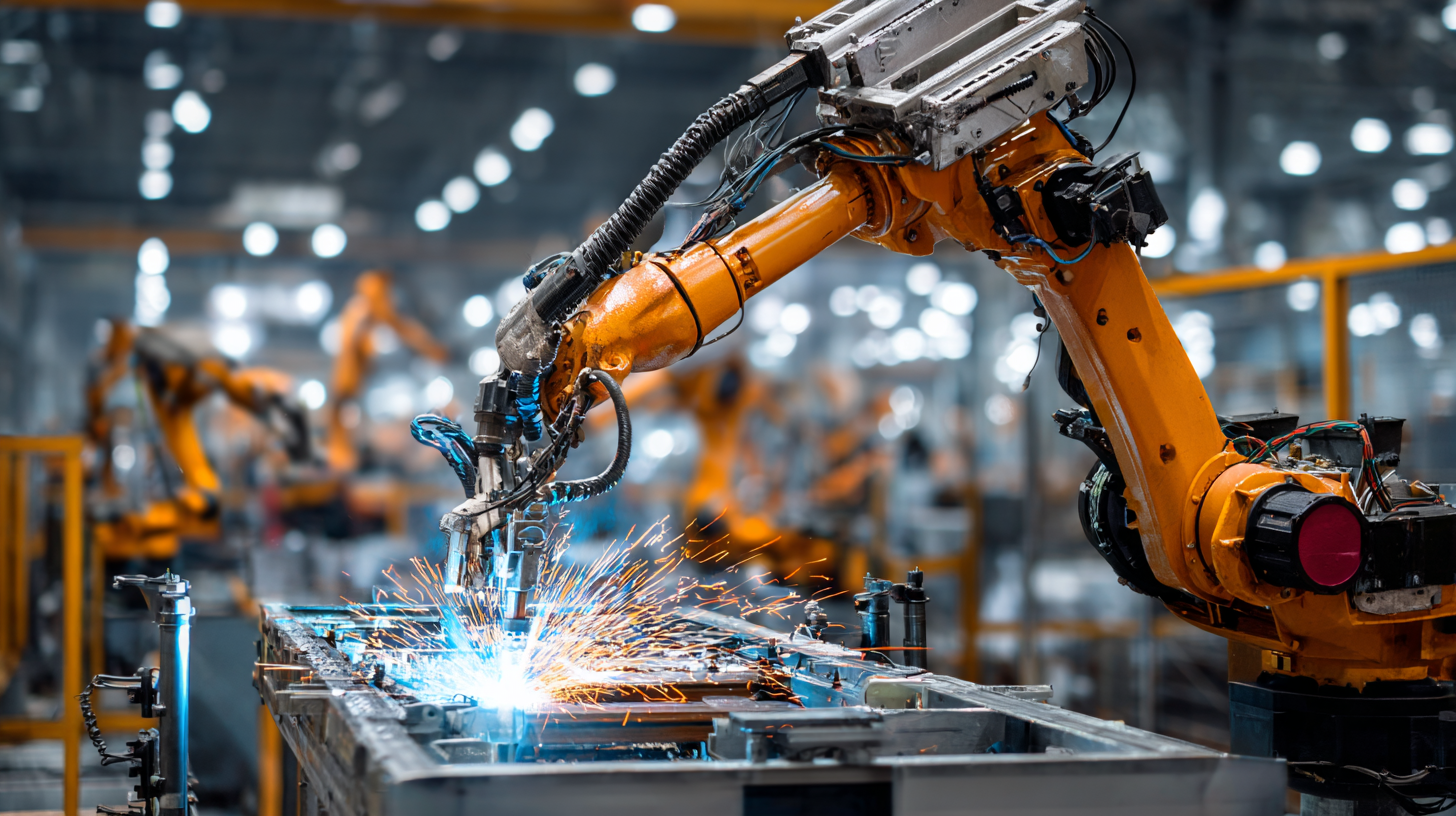
Advantages of Precision and Accuracy in Robotic Welding
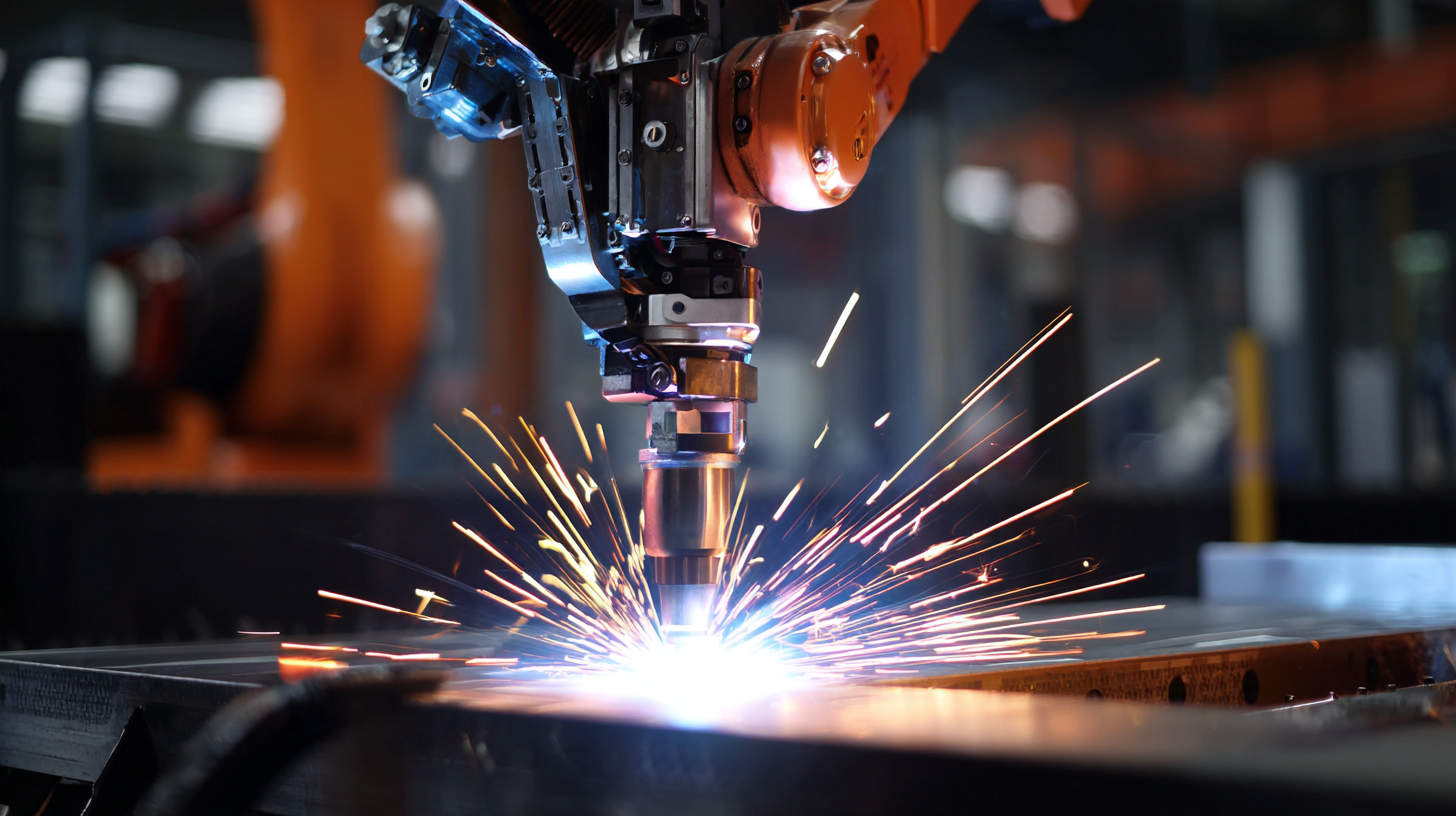 Robotic welding represents a significant leap in manufacturing precision and accuracy, particularly in the automotive industry. The integration of advanced technologies like the Robacta Drive CMT drive unit ensures unrivaled stability and adaptability in welding processes. This technology employs dynamic and precise wire movement which allows for reversing wire motion, making it an unparalleled choice for complex welding applications. As manufacturers seek to enhance their production efficiency, robotic welders provide an optimal solution that minimizes human error while maximizing quality.
Robotic welding represents a significant leap in manufacturing precision and accuracy, particularly in the automotive industry. The integration of advanced technologies like the Robacta Drive CMT drive unit ensures unrivaled stability and adaptability in welding processes. This technology employs dynamic and precise wire movement which allows for reversing wire motion, making it an unparalleled choice for complex welding applications. As manufacturers seek to enhance their production efficiency, robotic welders provide an optimal solution that minimizes human error while maximizing quality.
Moreover, the rising prominence of high-precision automation, such as the latest FANUC robots, highlights the industry's shift towards greater accuracy in welding tasks. These robots are designed with superior payload capacities and exceptional operational precision, enabling them to execute intricate welding jobs more effectively than ever before. With the capability to blend cutting, milling, and drilling into the welding process seamlessly, these innovations pave the way for enhanced productivity and consistency across various manufacturing sectors, making robotic welding a game-changer in modern industrial practices.
Enhancing Production Speed with Robotic Welding Solutions
In 2023, the advancement of robotic welding solutions significantly enhances production speed, making it a vital component for manufacturers aiming to boost efficiency. With the global robotic welding market expected to expand from $8.1 billion in 2025 to $20.16 billion by 2032, the escalating demand showcases the technology's critical role in modern manufacturing processes. Robotic welders streamline operations by performing consistent and precise welds, reducing cycle times and minimizing human error, which in turn accelerates the entire production line.
Vention's introduction of customizable robotic work cells exemplifies the shift towards tailored manufacturing solutions that address current labor shortages. These technologies not only deliver rapid returns on investment similar to turnkey systems but also adapt to unique production needs, offering flexibility that traditional methods cannot provide. As the industry embraces automation, the integration of intelligent robotics continues to transform various sectors, laying a foundation for heightened productivity and innovation.

Cost-effectiveness of Robotic Welders in Modern Manufacturing
The cost-effectiveness of robotic welders is dramatically reshaping the landscape of modern manufacturing in 2023. As industries strive to enhance productivity while minimizing overhead costs, investing in robotic welding technology is becoming increasingly appealing. With the global robotic welding market projected to grow from $8.1 billion in 2025 to an impressive $20.16 billion by 2032, manufacturers are recognizing the potential return on investment. This growth trajectory, supported by a compound annual growth rate (CAGR) of 13.9%, underlines the value that robotic welders bring to production lines.
Tips for manufacturers considering robotic welders include evaluating the specific needs of their operations, such as the types of materials and welding processes involved. Additionally, it's crucial to factor in the long-term savings on labor costs and the enhancement of weld quality that robotic systems offer. Finally, exploring financing options or partnerships with technology providers can help offset initial investments and streamline the integration process.
By adopting robotic welding, companies can achieve not only significant cost savings but also improved accuracy and efficiency, ensuring they remain competitive in a rapidly evolving market. As this technology continues to advance, staying informed about the latest innovations and applications will be essential for maximizing operational potential.
7 Key Benefits of Robotic Welders: Transforming Manufacturing Efficiency in 2023
| Benefit | Description | Impact on Manufacturing |
|---|---|---|
| Increased Productivity | Robotic welders operate continuously without breaks, enhancing output rates. | Higher production volumes and reduced lead times. |
| Consistency and Quality | Robots perform welding with high precision, reducing defects. | Improved product quality and reduced rework costs. |
| Cost Reductions | Reduced labor costs over time, and efficient material use. | Lower overall operational costs and improved margins. |
| Enhanced Safety | Robots can take on dangerous tasks, reducing workplace accidents. | Safer working environments and lower insurance costs. |
| Flexibility | Robotic systems can be reprogrammed for different tasks easily. | Ability to adapt to changing production needs swiftly. |
| Data and Analytics | Robots can monitor processes and provide performance data. | Informed decision making and continuous improvement. |
| Scalability | Easy to add more robotic units to scale operations. | Facilitates growth and expansion of manufacturing capabilities. |
Improving Workplace Safety through Automation in Welding
The integration of robotic welders in manufacturing has significantly enhanced workplace safety, addressing long-standing issues associated with traditional welding processes. According to a 2022 report by the National Institute for Occupational Safety and Health (NIOSH), welding ranks as one of the most hazardous occupations, with a reported injury rate of approximately 5.4 cases per 100 full-time workers. By automating welding tasks, companies can mitigate these risks, reducing the frequency of worker exposure to dangerous conditions such as high heat, toxic fumes, and heavy machinery operation.
Furthermore, a study conducted by the American Welding Society (AWS) indicates that workplaces employing robotic welding technology have seen a 40% reduction in injury rates over the past five years. This remarkable improvement can be attributed to the fact that robotic systems take on the most dangerous aspects of the job, allowing skilled welders to focus on oversight and quality control rather than physically demanding or hazardous tasks. As manufacturers continue to embrace automation, the safety landscape of welding operations is poised to evolve, fostering a more secure environment for all employees while enhancing overall productivity.
Flexibility and Adaptability of Robotic Welders for Various Industries
Robotic welders are rapidly redefining the landscape of manufacturing across various industries, thanks largely to their flexibility and adaptability. These advanced machines can be programmed to perform a multitude of welding tasks, enabling manufacturers to switch between different products and specifications with minimal downtime. This versatility not only streamlines production processes but also allows companies to respond swiftly to changing market demands. By adjusting their parameters, robotic welders can handle diverse materials and welding techniques, making them ideal for sectors such as automotive, aerospace, and construction.
In a landscape where customization is increasingly vital, the ability of robotic welders to integrate into various workflows is a game-changer. They can work alongside human operators, enhancing productivity while ensuring high precision and consistency in weld quality. Furthermore, these machines can easily adapt to new technologies and innovations, from advancements in welding techniques to incorporating systems for better monitoring and control. As industries continue to evolve, the flexibility of robotic welders will be crucial to sustaining competitive advantages and achieving operational excellence.
Related Posts
-

Unlocking the Future: How Automotive Welding Technologies Are Revolutionizing Vehicle Manufacturing
-
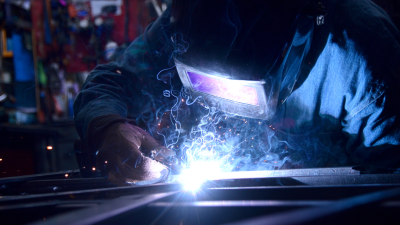
The Science Behind Welding Metal Techniques for Stronger Fabrications
-

Unveiling the Best Spot Welder for Home Projects with Essential Insights and Expert Tips
-
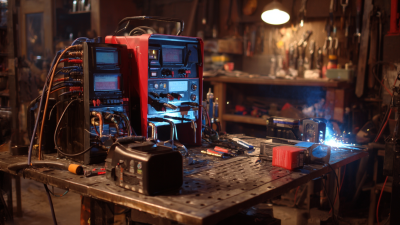
Understanding the Essential Components of MIG Welding Equipment for Beginners
-
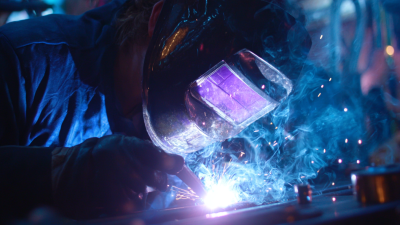
Ultimate Guide to Starting Your Own Mobile Welding Business in 2023
-
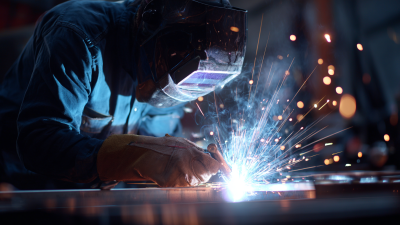
Revolutionizing Industrial Manufacturing: The Future of Seam Welding Machines in Modern Applications

Contact us
Please fill out the enquiry form, and our dedicated team will promptly attend to your request